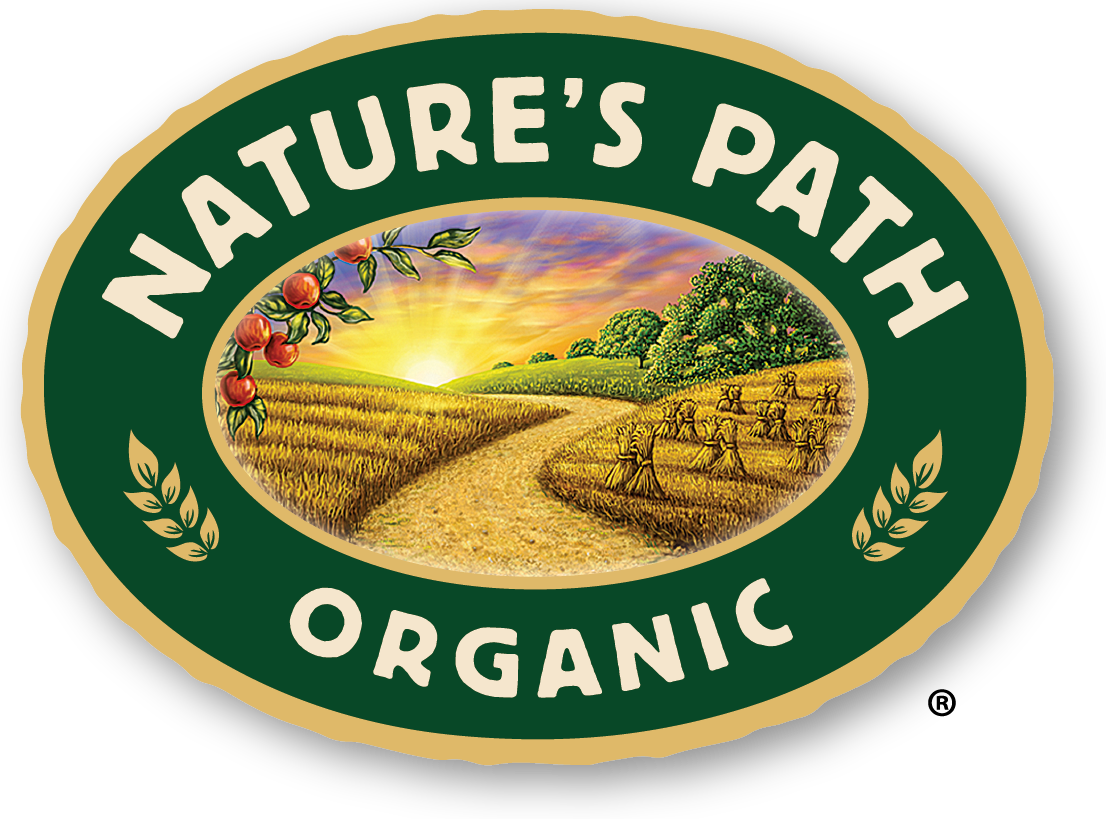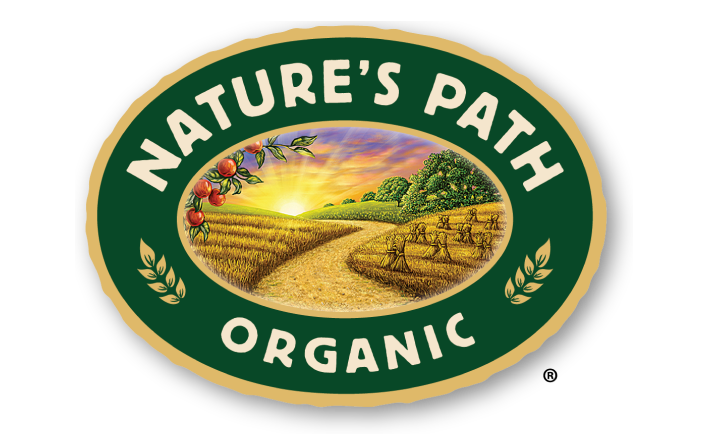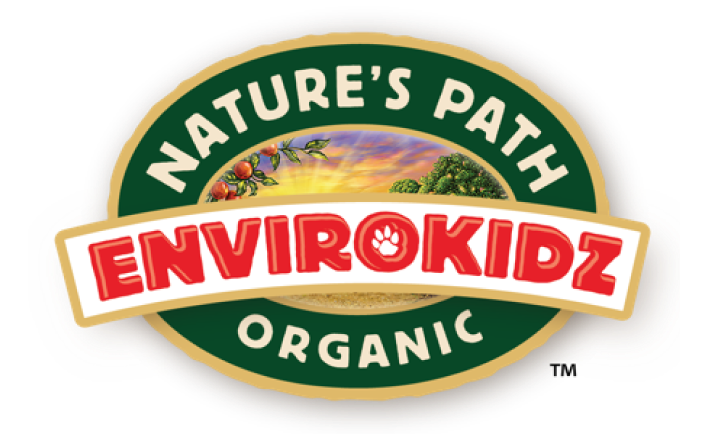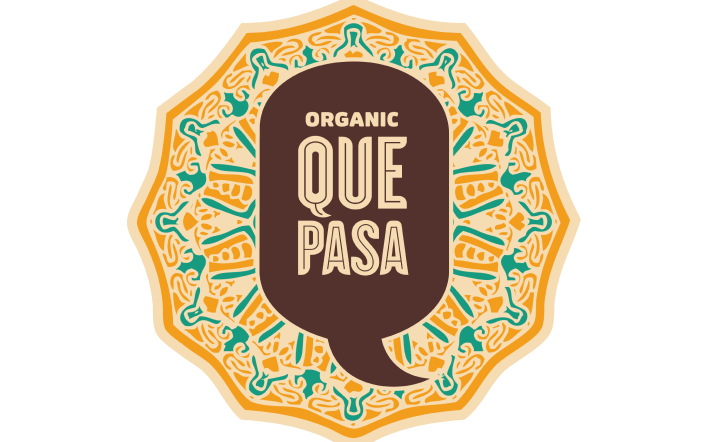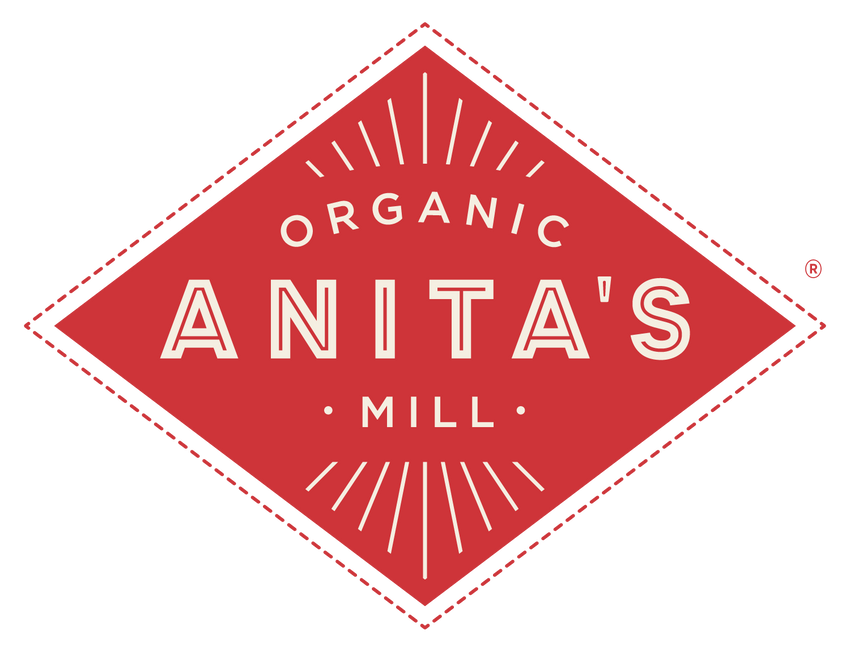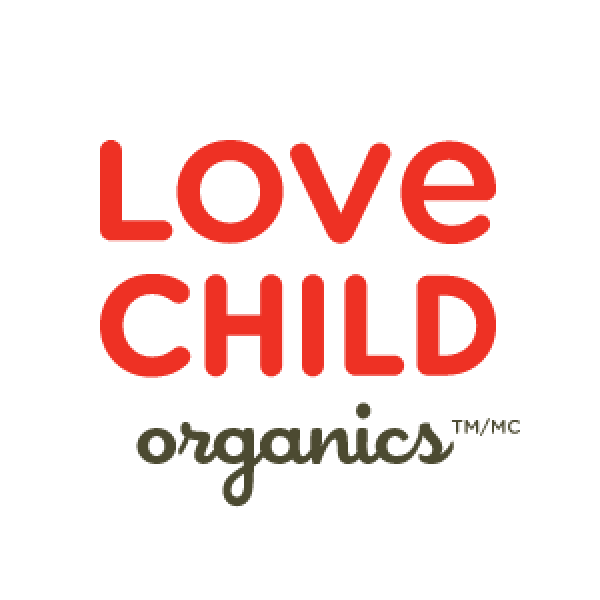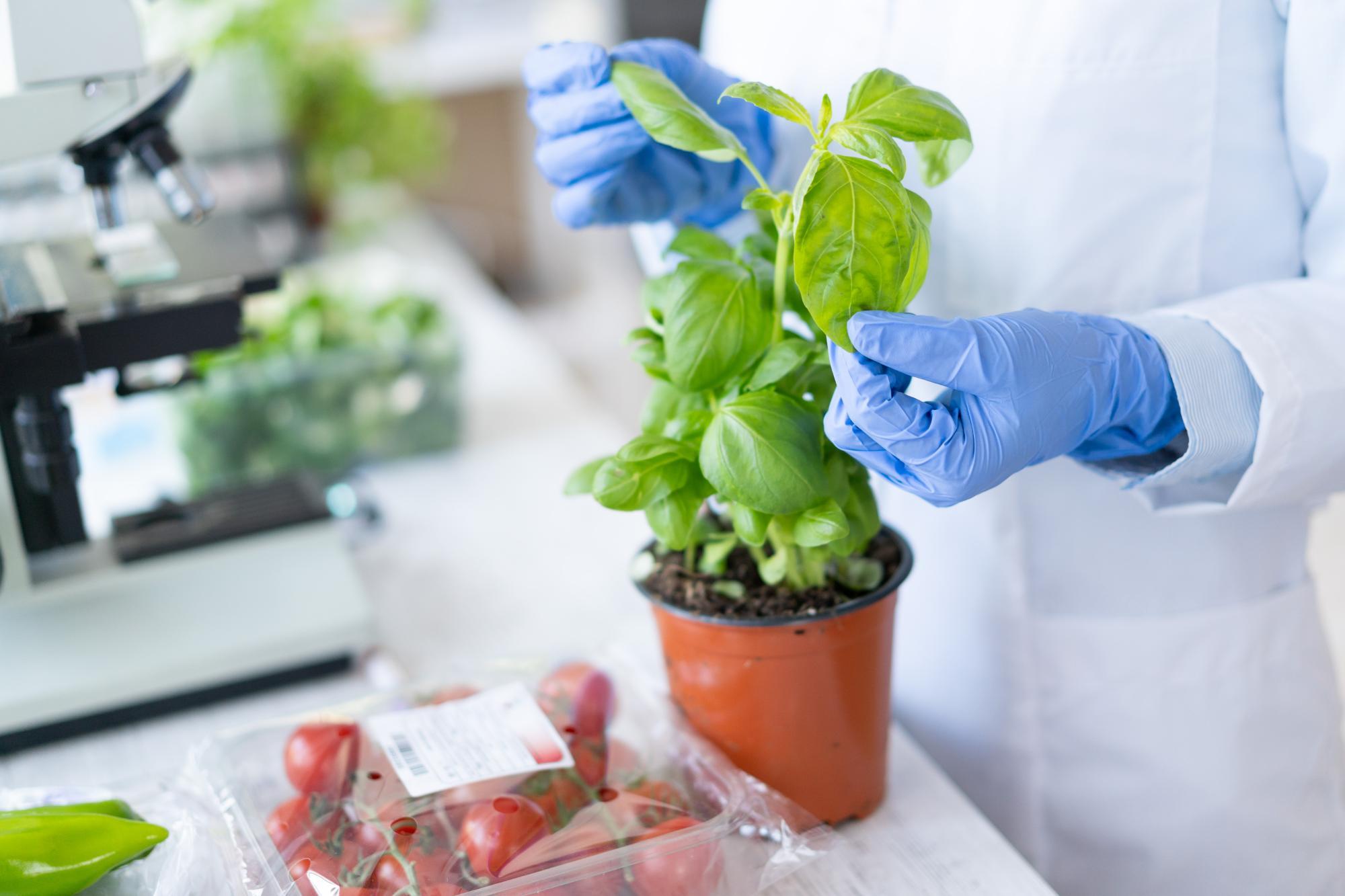
What You Should Know About The New US GMO Labeling Law
Tags:
Nature’s Path has a history for standing up for the consumers’ right to know what’s in their food. Often this right to know pertains specifically to genetically modified organisms (or "GMOs"), and over the years we have been a strong and vocal supporter of GMO labeling initiatives - like Prop 27 in California, i522 in Washington, and opposing the DARK Act. We have lobbied government, sponsored documentaries, signed petitions, created educational materials to educate the public, and more.
Now we're on to the next battle for clear GMO labeling. And we need your help.
The USDA is proposing an amendment to the National Bioengineered Food Disclosure Standard (established in 2016 by US Congress). The amendment is said to provide consistent GMO labeling on food products to simplify the potentially confusing hybrid system of both state and private labels. However, there are several issues with this amendment that we believe will serve to further confuse and complicate consumers' understanding of what's in their food. (We've outlined the details of the law and our issues with it below.)
We have a short window of opportunity to comment on and influence in the way the law is established. We will be taking action and urge you to do the same.
There is a 60-day public discussion period in which you can make voice heard through COMMENT on the proposed law and providing a SIGNATURE on the "Just Label It" petition by July 3rd.
What is the Proposed Law?
Before the creation of the National Bioengineered Food Disclosure Standard, states had the ability to decide for themselves the need for a regulation and what exactly that should include. This new law will replace all state regulations with the federal law in an attempt to provide one consistent standard. The National Bioengineered Food Disclosure Law requires transparency not just in the use of ingredients that have been genetically modified, but also involves essential provisions for those involved in organic food production and consumption. The amended Act has a number of additions and adjustments in sections such as definitions & nomenclature, permitted level of bioengineering, and labeling.1. Definitions and Nomenclature
The new act proposes use of the term “bioengineering” when referring to a food which is defined as: (A) containing genetic material that has been modified; and (B) changes that could not otherwise be found in nature. There is some disagreement on how to view the term "bioengineered" and whether it is appropriate. This is broken down into two main positions: one where it isn't required to disclose highly refined products and another where it is required to disclose all food produced from bioengineering. Some argue that with refined foods the genetic material is removed in processing - and therefore does not need to be disclosed. (However, researchers have conducted studies that have detected DNA from GMOs in refined products.)So what's the problem?
We believe the term "bioengineered" - instead of the more widely recognized terms of "GMO", "GE" or "Genetic Engineering" - sounds intentionally positive. In addition, we believe that adding this additional terminology may cause further confusion, rather than clarity, in recognizing which foods are genetically-modified and those foods that are not. Based on the definitions and certain omissions in the document there are potential for GMO loopholes. The rule does not say whether or not companies will have to disclose highly processed foods, such as genetically-engineered oils and sugars or ingredients that have been created through new technologies such as gene-editing and RNAi - which would prevent a huge amount of GMOs being disclosed on packaging.2. Permitted Level of Bioengineering
The new regulation will determine how much of a food/ingredient can be bioengineered, in order for it to be considered "bioengineered". There are currently three options under consideration:- Food that contains a Bioengineered (BE) ingredient that has an unintentional or unavoidable amount no more than 5% of the specific ingredient by weight, would not need to be disclosed. Everything else must be disclosed.
- The second option is essentially the same as the first, but with a more strict proportion of acceptable BE at 0.9%.
- Known BE ingredients do not need to be disclosed, as long as the total amount of all BE ingredients used in the product are not greater than 5% of the total weight of the product.
So what's the problem?
Among the three available options being considered, we believe the only appropriate option is the lowest amount of GMOs - 0.9%. Without enough push back and expressing this as the better option - another worse option could be chosen instead, and that would result in known BE foods going undisclosed if it's less than a certain percentage (5%).3. Transparent Labeling
The responsibility for disclosing GMO contents are divided into three categories: food manufacturers, importers, and certain retailers. The responsibility for disclosure is on those that package the products. Wherever the labeling duty lies, they are required to demonstrate the presence of bioengineered ingredients either through text, symbol, or electronic means.-
Text
- For any text found on the package, the disclosure options include either “bioengineered food,” “contains a bioengineered food ingredient,” “may be a bioengineered food,” or “may contain a bioengineered food ingredient.”
-
Symbol
- There are several proposed alternatives each designed in an attempt to convey a food's genetically modified (GM) status so as to avoid disparaging the practice or alluding to GM being more or less safe to non-GM food.
-
Electronic
- The third disclosure option is an electronic or digital link. This can take the form of "quick response codes" (QR codes) whereby consumers can find a digital watermark that can be scanned anywhere on the package and direct them to further food information. One additional option that is still under review could also be the use of text messages to similarly disclose information.
So what's the problem?
The symbol options that represent “bioengineered” are intentionally designed to be positive and "happy"-looking with bright colors and even smiles. Since the long-term effects and consequences of GMOs are not yet fully understood, we believe the symbols should appear neutral. Instead they are purposefully leading consumers to think GMO = Good. There will also be confusion when using the terms “bioengineered” or “BE” rather than the universally accepted and established terms of “genetically modified” or “genetically engineered". We believe digital disclosure rules are weak, inconsistent, and intentionally confusing. We believe all packaging should clearly state whether or not it contains GMOs, clearly and on the front of pack. Requiring consumers to text, phone, or scan to find out this information adds confusing and unnecessary hurdle in their ability to know what is in their food.What Can You Do?
Share your opinion about the proposed changes to the Act by commenting on the proposed law and signing Just Label It's petition by July 3rd.- Leave a Comment: The proposed rule by the USDA can be challenged through your comments up until July 3rd. The deadline for the 60-day period is fast approaching, so if you are an American and have comments regarding GMO-labeling standards, act now.
- Sign the Petition: Sign your name to the "Just Label It" petition today and help it to reach the minimum required 30,000 signatures to urge the USDA to create a comprehensive and consistent GMO disclosure standard.
Would you like to be the first to hear about our new products and more?
Sign up for our Nature’s Path Newsletter.
